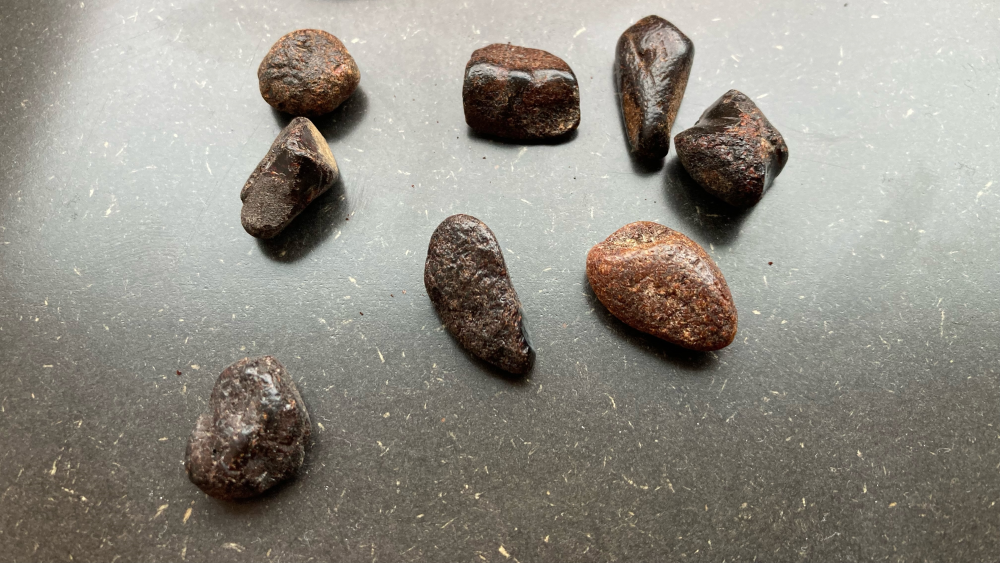The Simeto river is Sicily's most important river in terms of watershed, and the second longest on the island. Originating from the Nebrodi Mountains, it flows into the Mediterranean Sea a few kilometres south of Catania.
The Simeto is not only a critical resource for the island's agricultural output, threatened as it is by rising temperatures and droughts, but also gives the name to the island's amber: simetite.
Known for some 2000 years, amber in Sicily used to be carried out to the sea in significant quantities by the river Simeto (hence the name), where it would be found by fishermen looking for shellfish in the shallow seawater. The precise location of the original amber deposit, however, remains unknown.

Traditionally, the amber of the Simeto was used by Catania-based artisans, and a flourishing amber jewellery tradition developed in the city in the 16th and 17th Century. Today, little remains of that tradition, and the priced gemstone is increasingly rare. Since the wetlands at the river's delta were drained in Fascist times, and multiple dams built along the Simeto since the 1960s, its waters carry less sediment into the sea, hence reducing the chances of finding amber.
During his time in Sicily, Alessandro visited the estuary of the Simeto, and met with scholars and activists who are working towards a restoration of the river's wetlands. He also met with a local amber jeweller, as well as with local geologists, for whom amber is a unique object of study.
